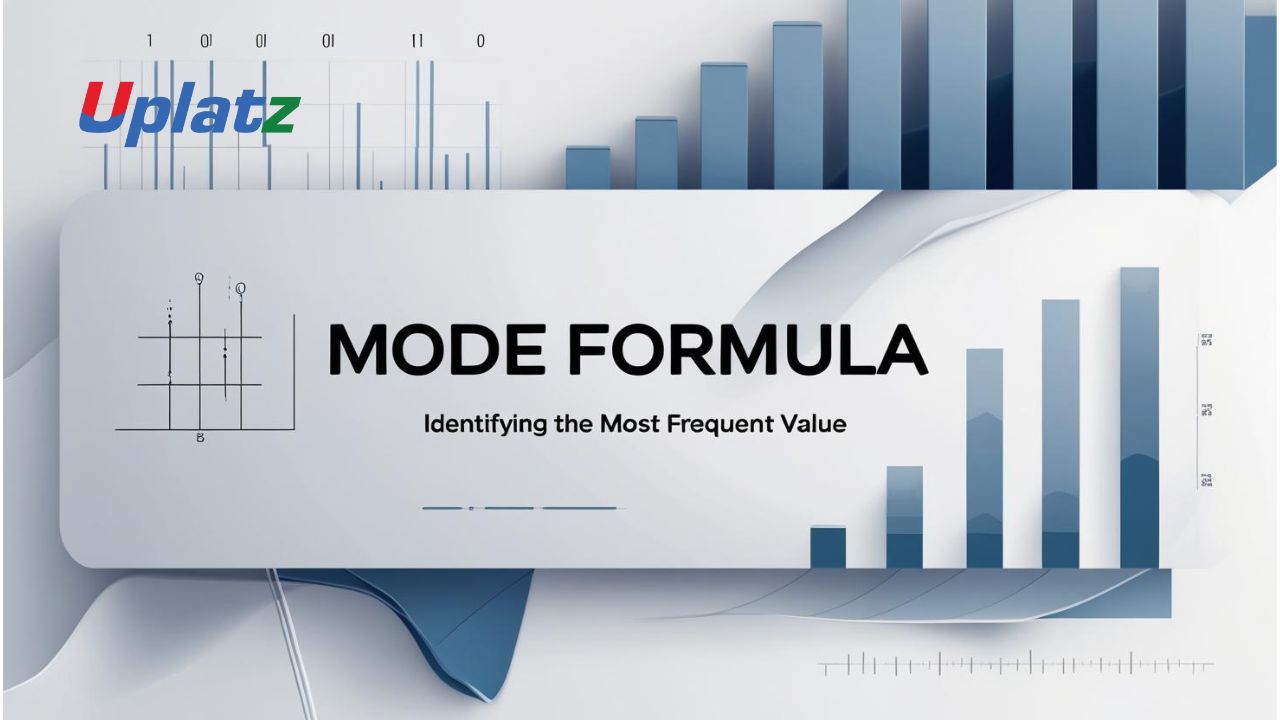 🔹 Short Description:
🔹 Short Description:
The mode represents the value that appears most frequently in a dataset. It’s especially useful for analyzing categorical or non-numerical data.
🔹 Description (Plain Text):
The mode is a statistical measure that shows the most frequently occurring value in a dataset. Unlike the mean or median, which describe central tendency based on mathematical calculations or positions, the mode highlights repetition and popularity.
The mode is useful when you want to know which item or category is the most common in a set of data. It is especially valuable for working with categorical, qualitative, or non-numeric data, where calculating an average doesn’t make sense.
Formula (Conceptual):
There is no complex mathematical formula for mode. It is simply:
Mode = the value that occurs most frequently in the dataset
Example 1 (Single mode – Unimodal):
Dataset: 2, 3, 4, 4, 5
Mode = 4 (it appears twice)
Example 2 (Two modes – Bimodal):
Dataset: 1, 1, 2, 3, 4, 4
Modes = 1 and 4 (each appears twice)
Example 3 (No mode):
Dataset: 5, 6, 7, 8
No value repeats → No mode
A dataset may be:
- Unimodal (one mode)
- Bimodal (two modes)
- Multimodal (more than two modes)
- Or have no mode at all
Why It Matters:
The mode is the only measure of central tendency that makes sense for nominal data — that is, data that names or labels something (like eye color, brand preference, or job title). It can also be used alongside the mean and median to give a more rounded understanding of the dataset.
Real-World Applications:
- Identifying the most popular product in sales data
- Finding the most common category in a survey (e.g., “preferred device”: mobile vs desktop)
- Understanding the most frequent size or color in clothing orders
- Highlighting repeated customer complaints or service requests
- Analysing voting preferences or most selected options in forms
Limitations of the Mode:
- It may not exist (if no value repeats)
- It may not be unique (there can be multiple modes)
- It may not be helpful for small or evenly distributed datasets
Nonetheless, the mode is extremely useful when you’re dealing with real-world data that’s naturally grouped or categorized. It allows you to quickly identify patterns of frequency and make informed decisions based on what occurs most often.
🔹 Meta Title:
Mode Formula – Definition, Examples, Use Cases, and Limitations
🔹 Meta Description:
Discover the mode, a key statistical tool that identifies the most frequently occurring value in a dataset. Learn when and how to use it, see examples with unimodal and bimodal distributions, and understand its strengths and limitations in real-world contexts like marketing, sales, and survey analysis.
